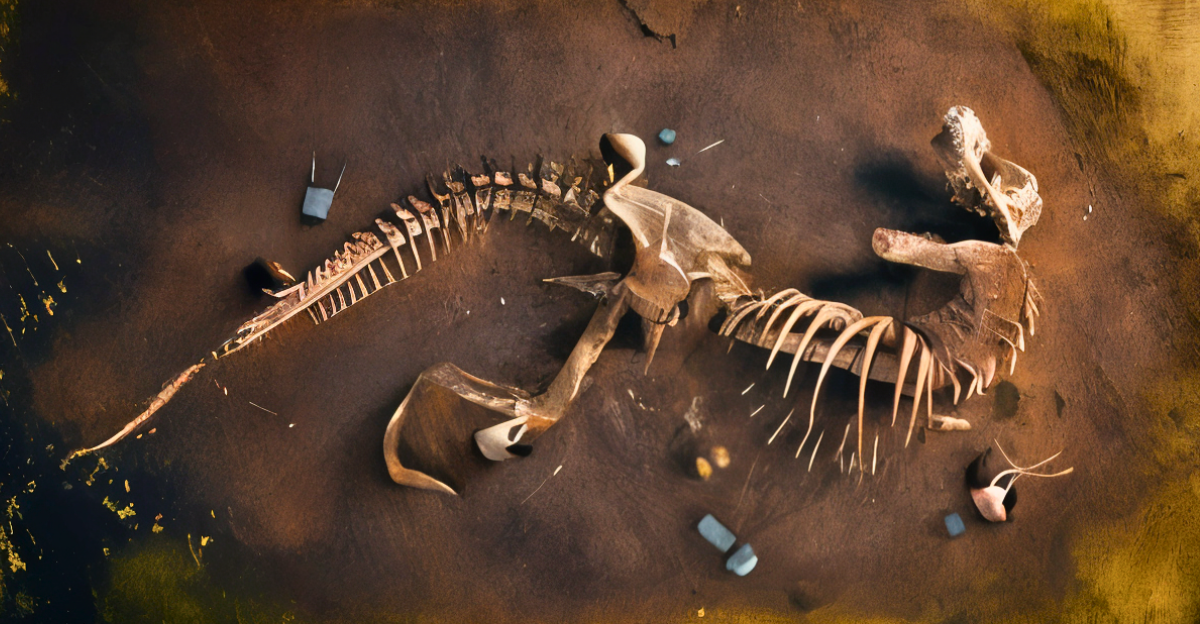
It might be the dream of every amateur paleontologist to make a worthwhile discovery, and for one newbie, that was exactly what happened. Damien Boschetto, a 25-year-old amateur paleontologist, discovered while walking his dog. A recent landslide exposed bones from a cliff, leading Boschetto to investigate further.
The Moment of Discovery
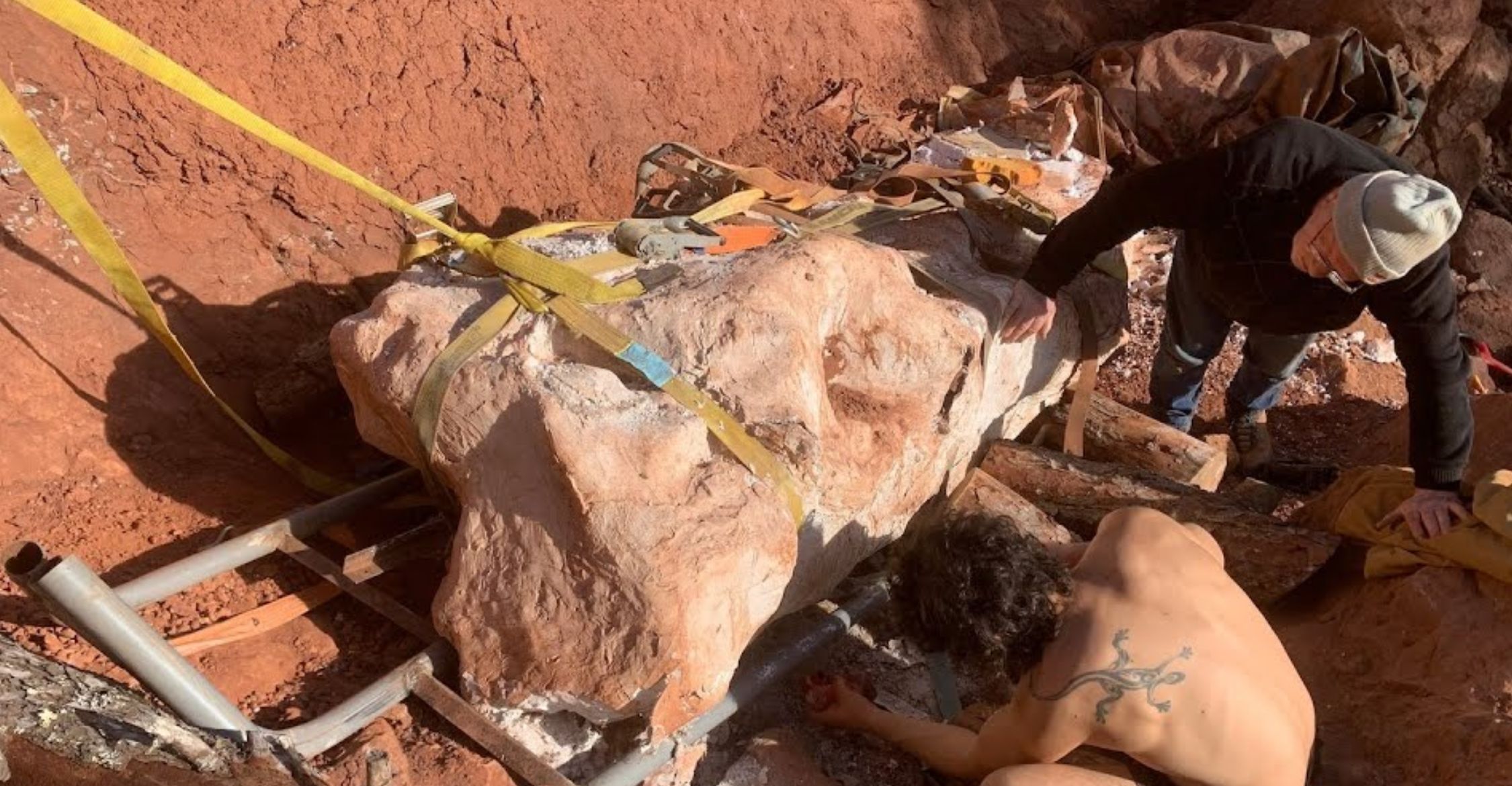
What began as an ordinary walk with his dog through the tranquil landscape of Montouliers, France, quickly turned into a moment he would never forget. In May 2022, after a recent landslide had exposed the edge of a cliff, Boschetto spotted what appeared to be a large, fossilized bone protruding from the ground. He decided to look closer and quickly realized that he might be looking at something extraordinary.
“It happened one morning like any other, during an ordinary walk,” said Boschetto. “While walking the dog, a landslide on the cliff’s edge exposed the bones of various skeletons.”
Exceptionally Intact Skeleton
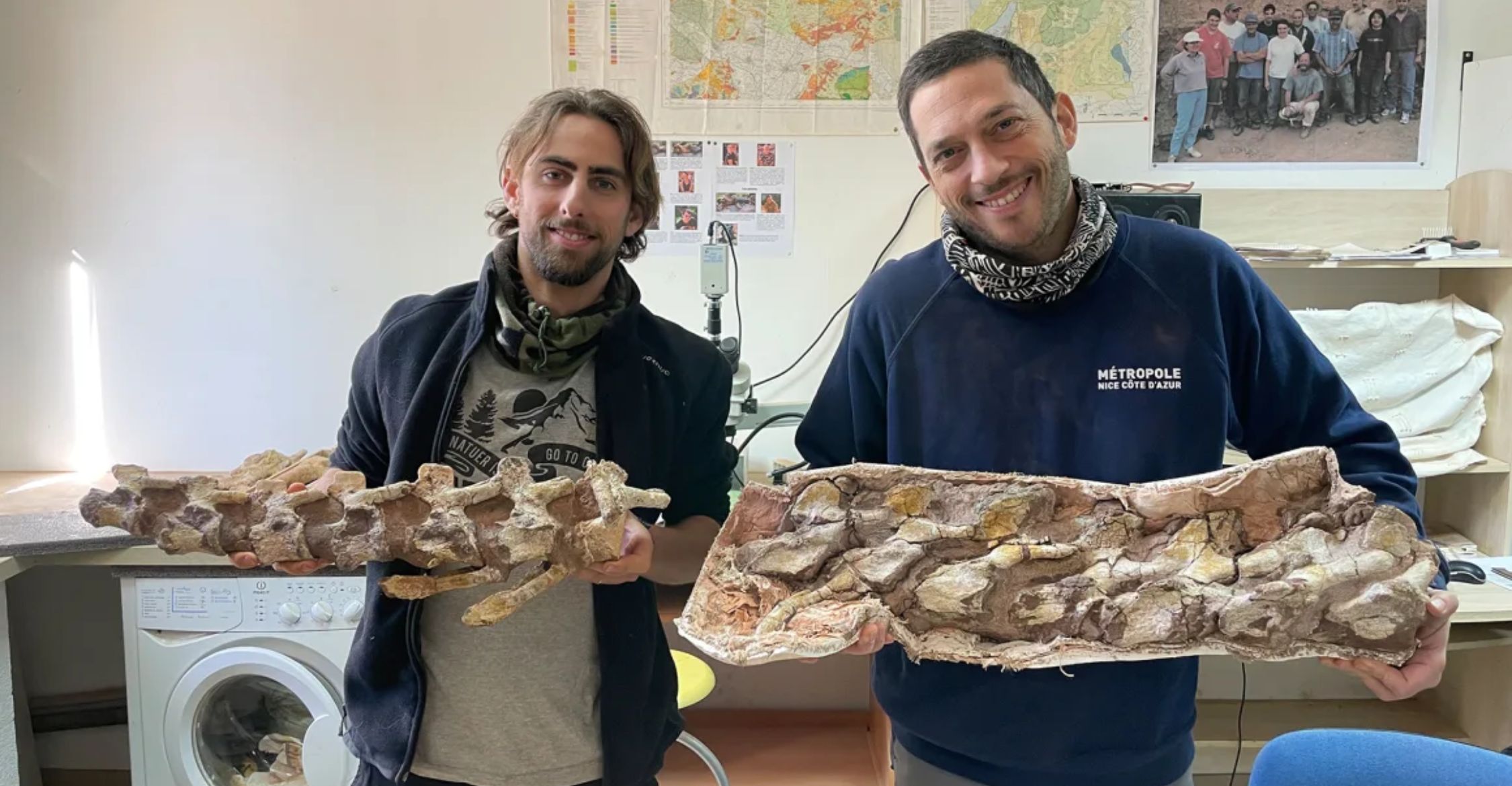
Approximately 70% of the bones were recovered, many still connected in their natural anatomical positions, which is a rarity in paleontology as most dinosaur finds are fragmented or scattered. Experts have described the find as a “once-in-a-lifetime” opportunity, stating that a well-preserved skeleton gives researchers a glimpse into the world of the late Cretaceous period.
“It is a flagship piece for the general public, to be able to admire a dinosaur in anatomical connection like that,” he said. This was quite the discovery made by an enthusiast, and surely it’s something he’ll never forget. “They were fallen bones, therefore isolated. We realized after a few days of excavations that they were connected bones,” Boschetto said.
The Montouliers Fossil Site

The Montouliers fossil site in southern France has been home to many discoveries over the years and is a playground for most paleontologists. Over the past three decades, more than 25 species of dinosaurs and other prehistoric animals have been found in the area. This site is considered a “bone bed” because it is densely packed with fossils.
“The territory around Cruzy is rich in fossils of dinosaurs and other species living at the same time,” said Boschetto in a translated statement. “For 28 years, Cruzy has been supplying and building one of the largest collections of dinosaur fossils from the Upper Cretaceous period in France.”
The Star of the Show
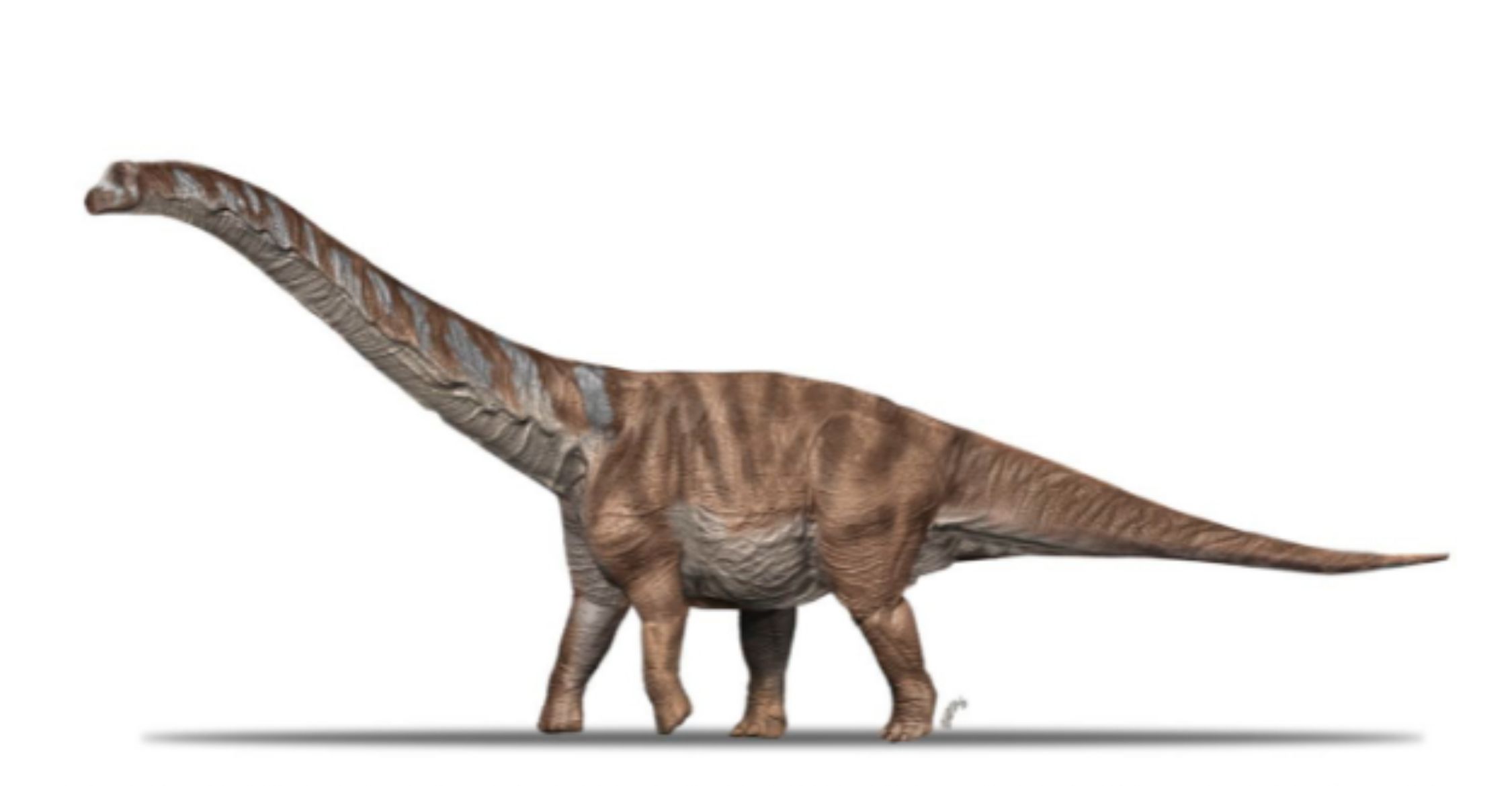
This remarkable giant was one of the largest land animals ever to walk the Earth. Titanosaurs were massive, long-necked herbivores from the sauropod family and roamed the planet during the late Cretaceous period, roughly 70 million years ago. The titanosaur unearthed in Montouliers is estimated to have reached about 30 feet long.
However, some relatives of this group grew even larger, with the biggest species measuring up to 85 feet and weighing as much as 70 tons. Their elongated necks and robust bodies allowed them to browse high vegetation, shaping the ecosystems they inhabited.
The Excavation
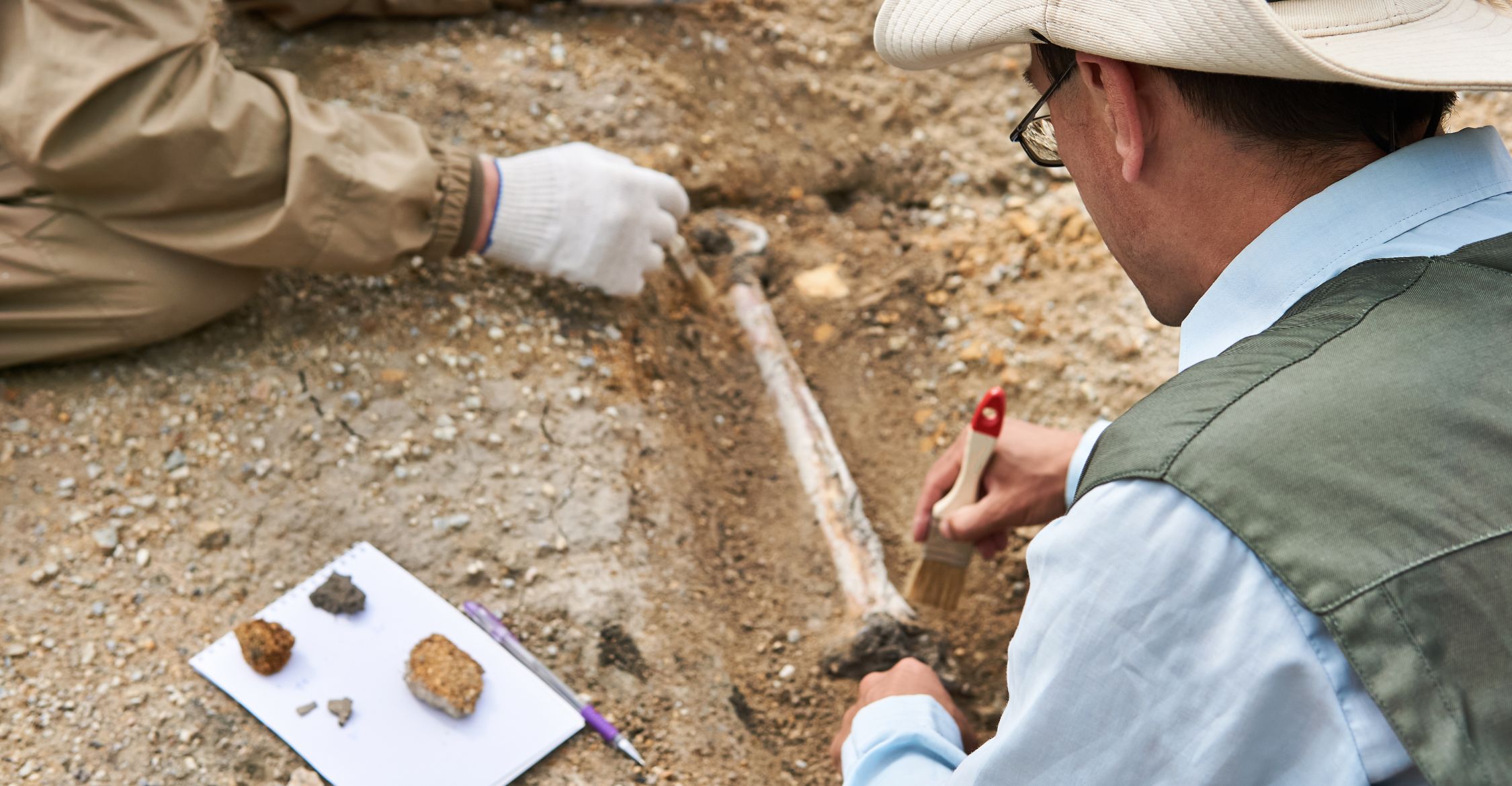
When the fossil was found, a coordinated effort was launched between local volunteers, the Archaeological and Paleontological Cultural Association (ACAP), the Cruzy Museum, and France’s National Centre for Scientific Research (CNRS). To safeguard the fossil from potential theft or damage, the exact location was kept confidential for two years while experts worked meticulously to recover and document the specimen.
The team worked in challenging conditions, extracting the massive bones from hard sandstone while ensuring their preservation for scientific study.
Associated Fossil Finds

This site is like the gift that keeps on giving, as the Titanosaurs weren’t the only find they made. They also found the remains of Rhabdodon, an herbivorous dinosaur, bones from theropod carnivores, relatives of the formidable T. rex, and prehistoric crocodiles.
This rich “bone bed” of multiple species suggests that Montouliers was once a thriving hub of Cretaceous life, where various animals coexisted and sometimes met their end together. These finds help reconstruct the complex ecosystem in southern France 70 million years ago.
Where To See This Find
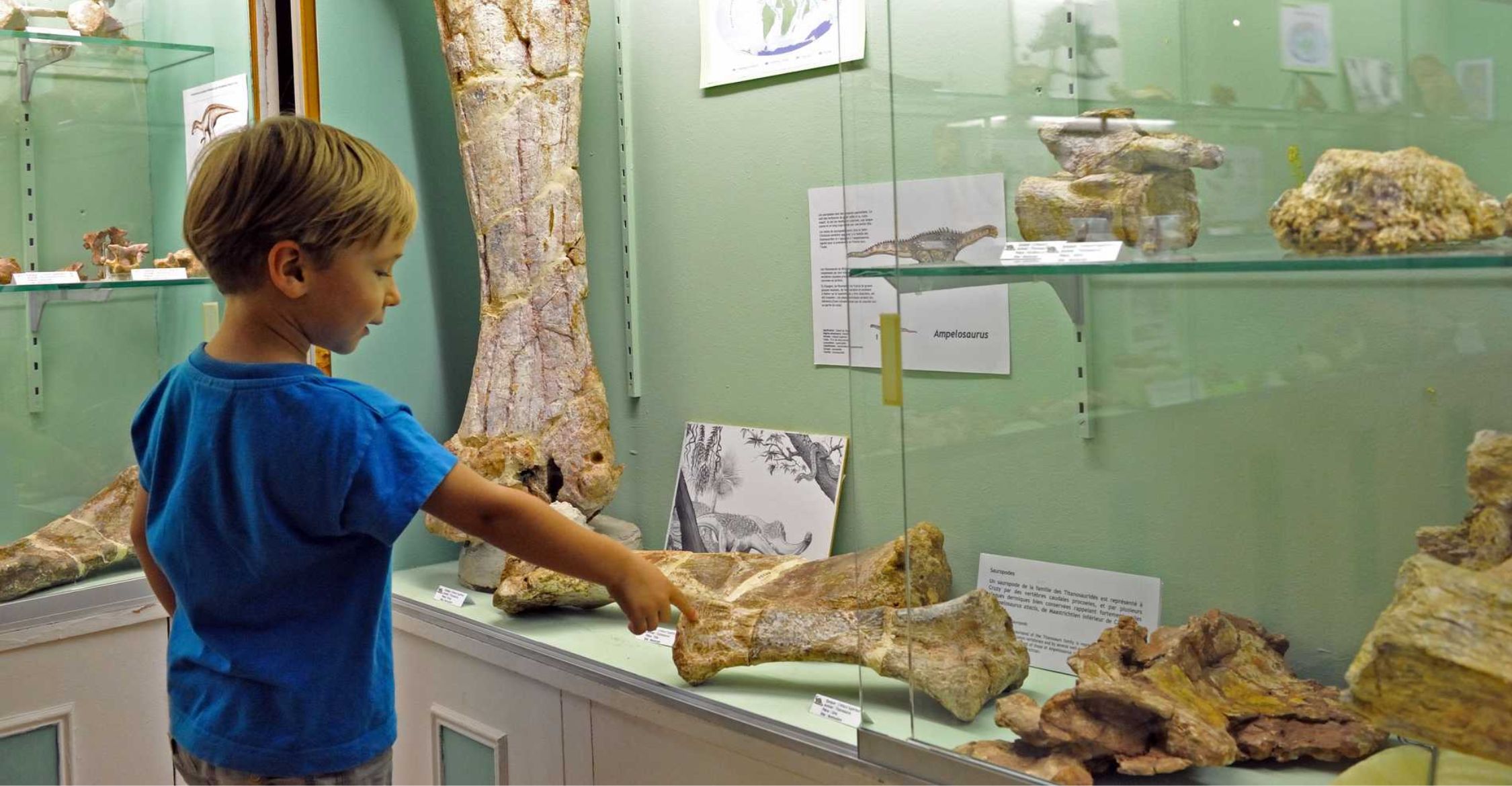
After years of meticulous excavation and study, the nearly complete titanosaur skeleton from Montouliers is now destined for public display at the Cruzy Museum, a regional hub for paleontological research in southern France. The specimen, currently housed in the museum’s laboratory for ongoing scientific analysis, will eventually join the museum’s growing collection of significant dinosaur finds, including another titanosaur femur uncovered in 2012.
Museum officials highlight that such displays advance scientific understanding and inspire curiosity and appreciation for natural history among the general public.
Ongoing Research
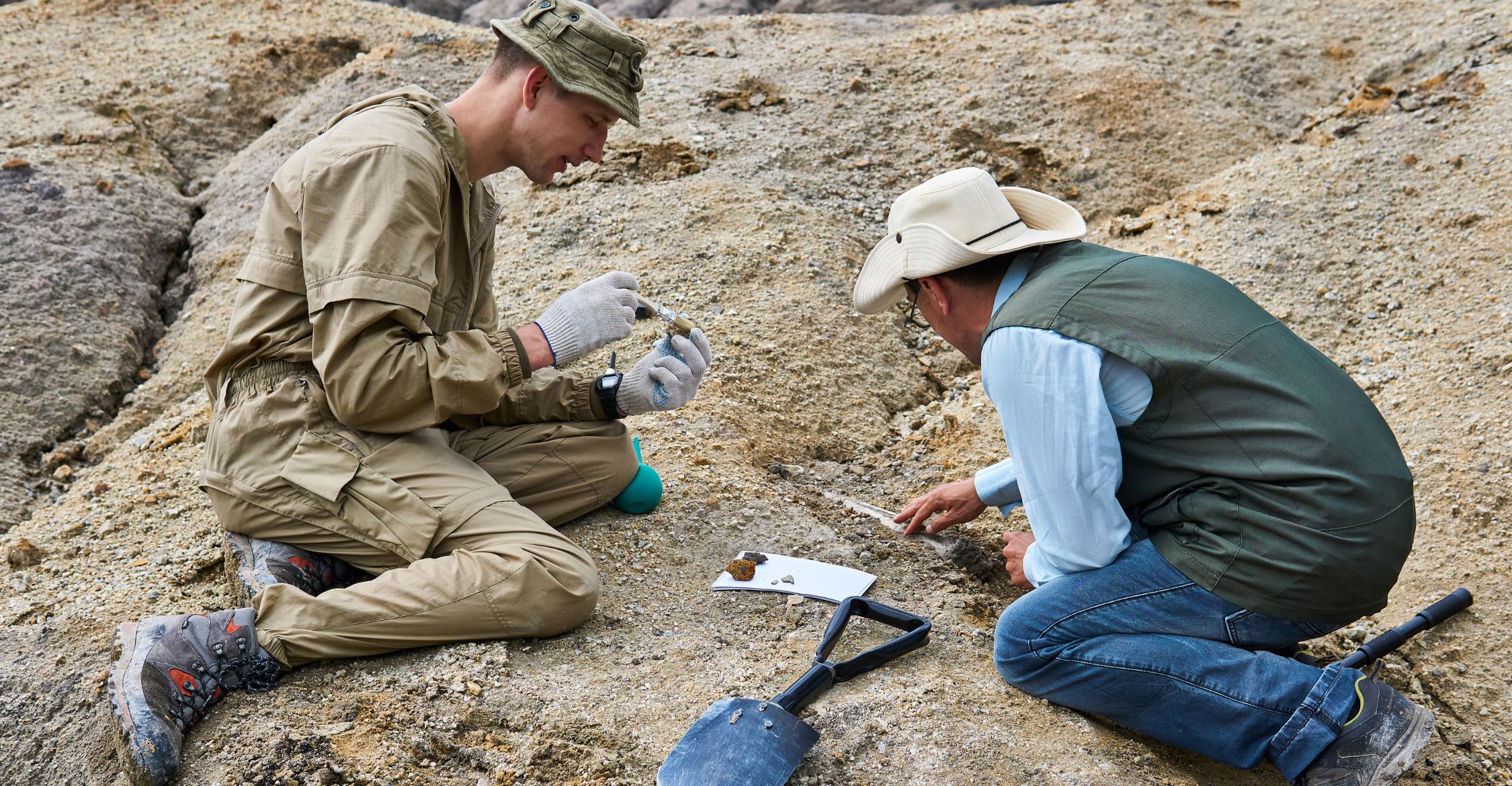
At the Cruzy Museum laboratory, experts meticulously analyze the specimen’s growth patterns, anatomical structure, and possible behaviors. They hope to gain new insights into how these massive creatures lived, moved, and interacted with their environment during the late Cretaceous period.
The exceptional preservation of the skeleton, with about 70% of its bones still connected in their natural positions, offers a unique opportunity to study the biology of titanosaurs in unprecedented detail.
Implications for Paleontology
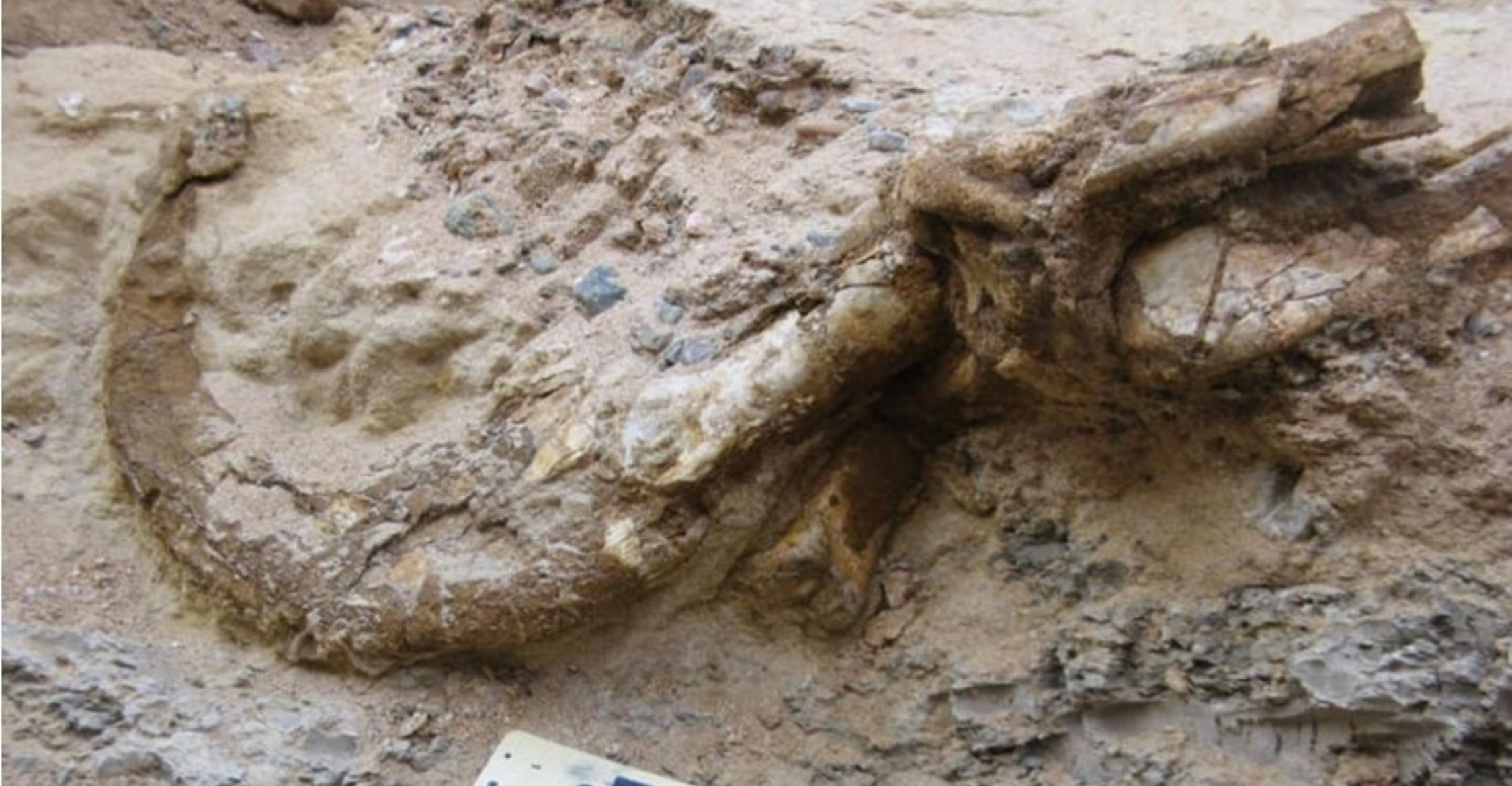
If it wasn’t for an amateur paleontologist stumbling across this find, this remarkable discovery might have gone lost for many years to come. “It is very rare to find this; he had to have the eye,” said Francis Fage, founder of the Cruzy Museum of Damien. “There are some who have passed for 30 years and they have not seen this site.”
This find enables scientists to reconstruct not only the anatomy of the titanosaur but also aspects of its environment and interactions with other species, offering fresh insights into the biodiversity and ecosystems of the late Cretaceous period.
Explore more of our trending stories and hit Follow to keep them coming to your feed!

Don’t miss out on more stories like this! Hit the Follow button at the top of this article to stay updated with the latest news. Share your thoughts in the comments—we’d love to hear from you!







